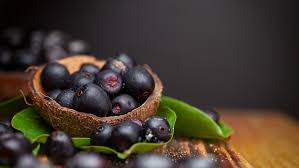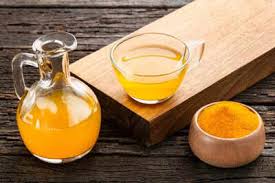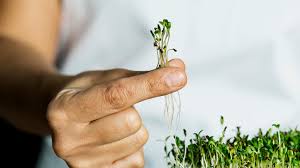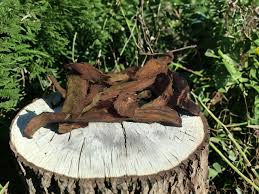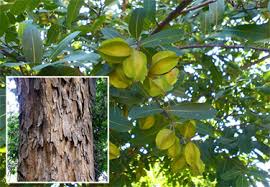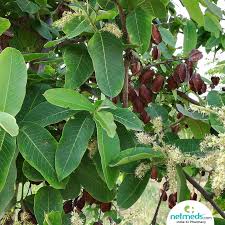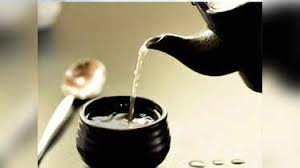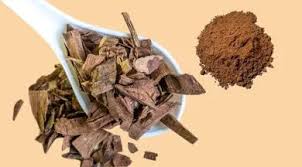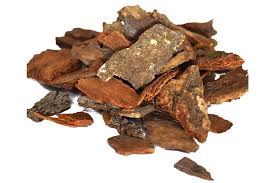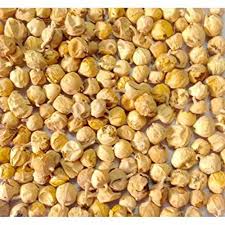
Scientific Name, Botanical Description, and Classification
Herbal remedies have formed the backbone of traditional healing systems in India for thousands of years. One such wonder herb is Paneer Dodi, also known as Paneer Phool or Indian Rennet. Widely used in Ayurveda, Unani, Siddha, and tribal medicine, this herb has gained popularity for its ability to manage blood sugar, liver disorders, and inflammatory conditions. However, a thorough understanding of its botanical background, scientific classification, and morphological characteristics is essential for practitioners, researchers, and herbal wellness users.
At Dirghaanshi, we are committed to providing deep-rooted knowledge about natural healing through Jadi Butiyan. This article provides a detailed scientific insight into the botanical identity, taxonomy, and structure of Paneer Dodi, making it easier for our readers to connect ancient herbalism with modern botany.
🌿 Long Description
🌱 Common Names of Paneer Dodi
Paneer Phool
Paneer Dodi
Indian Rennet
Rishyagandha (Sanskrit)
Doodhi Phool (vernacular)
Withania coagulans (Botanical/Scientific name)
🔬 Scientific Classification of Paneer Dodi
Paneer Dodi belongs to the Solanaceae family, which also includes other important medicinal and edible plants like tomato, potato, and bell pepper. It is closely related to Withania somnifera (Ashwagandha), but differs significantly in its uses and phytochemical composition.
Taxonomic Rank Classification
Kingdom Plantae
Sub-Kingdom Tracheobionta
Division Magnoliophyta
Class Magnoliopsida
Subclass Asteridae
Order Solanales
Family Solanaceae
Genus Withania
Species Withania coagulans
🌾 Scientific Name: Withania coagulans (Stocks) Dunal
This species is named after the botanist Stocks, who first described it, and later classified by Michel Félix Dunal, a French botanist. The name “coagulans” is derived from the plant’s milk-coagulating property, which was one of its earliest recognized uses.
🧬 Botanical Description of Withania coagulans (Paneer Dodi)
🌳 Habit and Habitat
Paneer Dodi is a small shrub that grows in dry, arid, and subtropical regions. It is native to India, Pakistan, Afghanistan, and some parts of Iran and Nepal. In India, it is commonly found in Rajasthan, Madhya Pradesh, Gujarat, and Uttar Pradesh.
Grows up to 1–1.5 meters tall
Found in wastelands, dry forests, and scrublands
Thrives in sandy, well-drained soil with minimal rainfall
Prefers sunny, semi-arid to arid climates
🍃 Root
Tap root system
Woody and cylindrical
Stores medicinal compounds such as withanolides
🌿 Stem
Erect, green to light brown
Covered with fine hairs (pubescent)
Becomes woody with age
Branches are angular and hairy
🍃 Leaves
Alternate leaf arrangement
Shape: Ovate to oblong
Surface: Rough with short hairs
Color: Light green
Size: 4–10 cm long
Leaves possess mild medicinal properties, although they are not as potent as the berries.
🌼 Flowers
Small, greenish-yellow
Bell-shaped (campanulate)
Occur singly or in clusters at leaf axils
Pollinated by insects and wind
Though not widely used in herbal preparations, the flowers indicate the plant’s readiness to bear fruit.
🍇 Fruits / Berries (The Medicinal Part)
Fruits are small round berries, covered with a papery, inflated calyx (similar to Ashwagandha)
Turns reddish-orange to yellow when ripe
Dried for use in medicine
Contains seeds and bioactive phytochemicals like withanolides, alkaloids, and flavonoids
These fruits are what we commonly refer to as Paneer Dodi or Paneer Phool in markets and herbal shops.
🧪 Phytochemistry of Paneer Dodi
The medicinal properties of Withania coagulans are due to the following phytochemical constituents:
Withaferin A
Withanolides
Alkaloids
Tannins
Flavonoids
Glycosides
Saponins
Steroids
These compounds contribute to its antidiabetic, hepatoprotective, anti-inflammatory, antimicrobial, and antioxidant actions.
🌍 Ethnobotanical Significance
Paneer Dodi has been a culturally important herb across Indian rural and tribal communities:
Used in Rajasthan and Madhya Pradesh for diabetes and fatigue
Mentioned in Unani and Siddha formulations for liver detox and inflammation
Featured in Ayurvedic Nighantus (Herb Lexicons) under the name Rishyagandha
Recognized for its milk-curdling activity, used in rural cheese making
🔬 Related Species and Botanical Comparison
Feature Withania coagulans (Paneer Dodi) Withania somnifera (Ashwagandha)
Common Use Blood sugar, liver, inflammation Stress, stamina, energy
Plant Height 1–1.5 m 30–75 cm
Fruit Use Yes No
Root Use Less common Primary medicinal part
Temperament (Unani) Hot and dry Hot and dry
Presence in Ayurveda Yes (Rishyagandha) Yes
🌿 Growing Paneer Dodi: Agricultural Notes
Paneer Dodi can be cultivated by small farmers under dryland organic farming due to its resilience. Here’s how it grows:
Season: Spring or early summer
Germination: 7–14 days
Soil pH: 6.5–7.5 (sandy loam)
Harvest Time: After 90–120 days, once the berries mature
Yield: Approximately 250–300 kg of dry berries per hectare
With increasing demand in the herbal medicine industry, cultivation of Paneer Dodi can also offer economic upliftment to tribal and marginal farming communities.
✅ Importance in Herbology and Natural Healing
Paneer Dodi is a perfect example of how traditional herbs can be validated with scientific and botanical evidence. Understanding its botanical nature helps in:
Correct plant identification
Avoiding adulteration
Maintaining herbal integrity
Ensuring accurate dosage and usage
For users of Dirghaanshi wellness products, this knowledge ensures confidence in the authenticity and effectiveness of the herbal remedies they choose.
⚠️ Caution in Usage
Always purchase from trusted sources like Dirghaanshi to avoid contamination
Avoid overdose; typically, 5–10 berries are sufficient per day
Consult a medical professional if you are diabetic or pregnant
Not suitable for young children or infants
📚 Scientific References
Indian Journal of Natural Products and Resources
Journal of Ethnopharmacology
Pharmacognosy Reviews
The Wealth of India: A Dictionary of Indian Raw Materials
Flora of British India – Original botanical reference for classification
🧾 Conclusion
Understanding the scientific name, botanical description, and classification of herbs like Paneer Dodi is critical for bridging traditional knowledge with modern validation. Withania coagulans is more than just a herb—it’s a plant deeply embedded in Indian healing culture, now being recognized globally for its medicinal power.
At Dirghaanshi, we are proud to present herbs that are botanically verified, ethically sourced, and educationally supported. As you begin or continue your herbal wellness journey, knowing the roots—both cultural and scientific—of what you consume empowers you toward healthier living.


